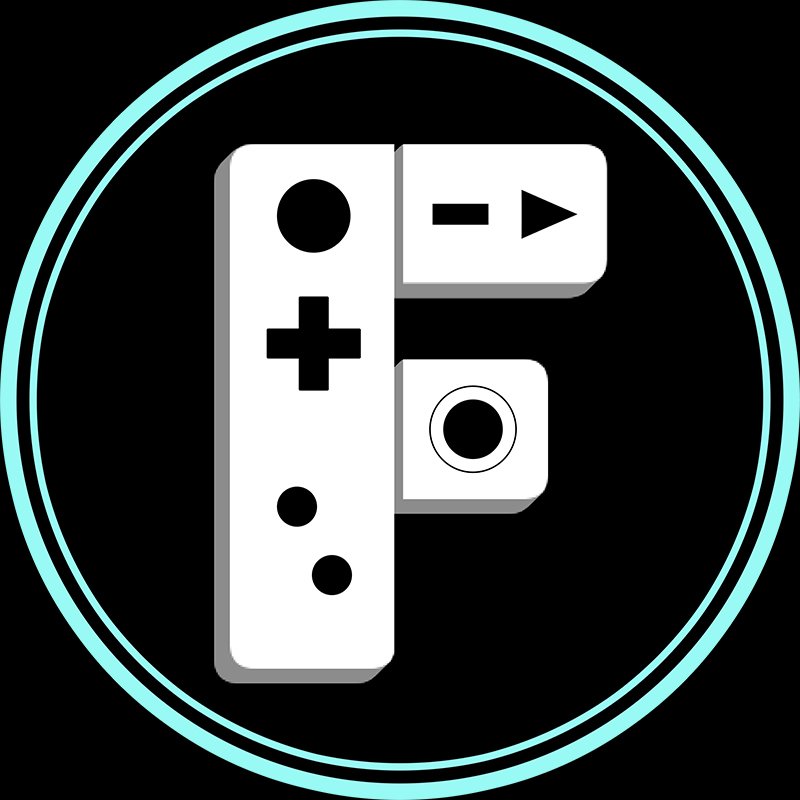Matt Bozon on Shantae as a Beloved Character and Indie Game Franchise- Q&A
One of the most prominent characters in indie gaming is the playfully heroic Shantae. While the series started as an impressive Game Boy Color title, things really picked up for this WayForward franchise with later titles. Most of these are readily available on multiple gaming platforms and praise for each game seems to increase with each sequel. Most recently, Shantae and the Seven Sirens took Shantae and friends on an island vacation turned half-genie-saving adventure. Fans of the older titles will soon be able to play those games in more places. Shantae: Risky’s Revenge - Director’s Cut is coming to Switch and Xbox One on October 15th and a port of the first Shantae game is coming to Switch probably before the end of the year. These two releases bring almost the entire series to modern platforms. Additionally, Limited Run Games have pre-orders open for physical copies and collector’s editions; they’re even printing a Game Boy Color cartridge of Shantae.
We were lucky enough to field a slew of questions about Shantae as a character and as a franchise to Matt Bozon. These questions were answered by Bozon, WayForward Creative Director & Shantae Series Director, through email.
Shantae has been a standout character for indie games for the past decade or more. What is like to have developed such a beloved character?
MATT: It’s hard to believe, isn’t it? From the moment I saw Erin (Bozon)’s Shantae designs, I fell in love with them. It warms the cockles of my heart to know that so many other people have had that same experience! It’s also humbling when you consider how many people have lent their skills to build this series up over the years. Shantae fans and staff members should be very proud of what we’ve all accomplished together!
How do you approach visual design, particularly the concept of cuteness?
MATT: When it comes to the designs you see in-game, we let gameplay dictate the size and shapes of things. Since Shantae is based around grid-style blocks and measurable distances, characters need to fit into defined shapes. And they need to be easily readable. So it’s a natural progression of design that we have big heads, large eyes, and iconic color schemes for the characters. I suppose there is a cute-ness, or toyish-ness to all of it.
What sort of goals was in mind for Shantae and the Seven Sirens? Were these concepts achieved?
MATT: For Seven Sirens, I wanted to try moving away from dancing to transform, and instead experiment with instantaneous transformations. Because of this, I thought it would be important to remove Shantae from her usual surroundings and cast of characters. I think this feels very good when you play it. While there is still plenty of room for Shantae’s moveset to evolve, this felt like an important step.
What was it like to launch Seven Sirens episodically through the Apple Arcade? Would you consider doing something similar with other releases?
MATT: It was definitely an unconventional approach for this genre of game. I think the game feels much better now that it’s a complete experience. If you played it in the early months of Apple Arcade, it’s definitely worth revisiting. As for doing another game as episodes, I think it would depend on the style of game, and the game platform.
What has been your favorite community reaction over the years?
MATT: Two stand out to me. Fans were very supportive of our Half-Genie Hero Kickstarter campaign. Looking back, it really is amazing how fans came together to fund that project, and the amount of patience, encouragement, and creativity they showed us throughout the long development was wonderful. I was similarly blown away by the response to our animated opening for Shantae and the Seven Sirens by Studio TRIGGER.






Last year thousands of layoffs beat down the spirit of the games industry. Despite this tumultuous state, some of the best games we’ve seen in most genres released and that’s worth celebrating. We only hope that 2023 will hopefully be a turning point for everyone involved in the games industry.